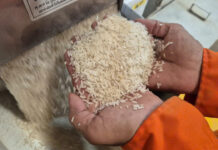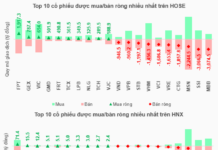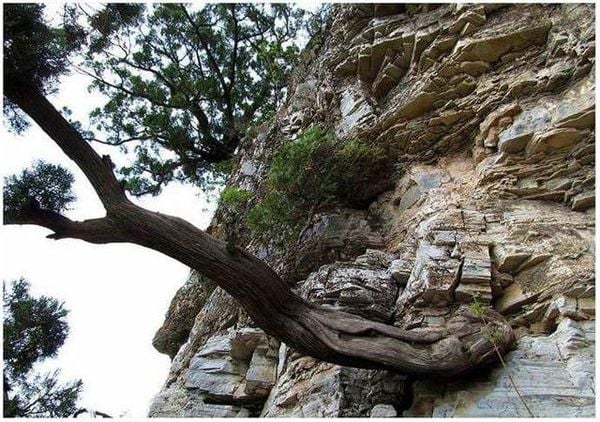Rediscovered Fossilized Wood: Unveiling the Rarest Conifer
- Fossilized Wood: A Living Relic from the Dinosaur Age
- The Irreplaceable Nature of Thuja Sutchuenensis
A Conifer Species Surviving in Only Four Regions Globally
Within the ancient forests’ natural environment lies a precious conifer species, revered for its unique fragrance and utilitarian value. This wood, bearing the scientific name “Thuja sutchuenensis,” is irreproducible artificially, enveloping millennia of enigmatic history within its fibers.
Known colloquially as the “tree of life,” Thuja sutchuenensis is a conifer species within the Cupressaceae family, characterized by its thick branches and scale-like foliage. Native to North America and Southeast Asia, these trees naturally grow on limestone cliffs, enduring centuries of sun and wind exposure.
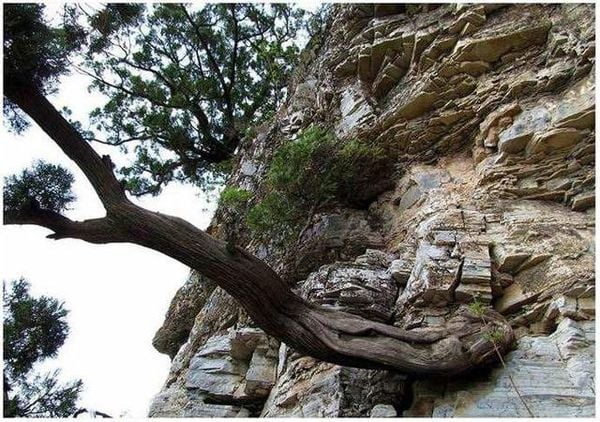
Thuja sutchuenensis: A rare conifer species surviving from the Dinosaur Age. (Image: Sohu)
Thuja sutchuenensis: A Living Fossil —This conifer species now survives in only four regions worldwide. In 1998, the IUCN Red List categorized Thuja sutchuenensis as one of the three extinct plant species in China. However, a fortunate rediscovery in 1999 by a team of wild plant researchers from Chongqing, China, found scattered individuals during an inspection in Chengkou County.
The accessible trees had largely been felled by locals for construction and household items, leaving only a sparse population clinging to the cliffs and rocky ledges of the mountains.
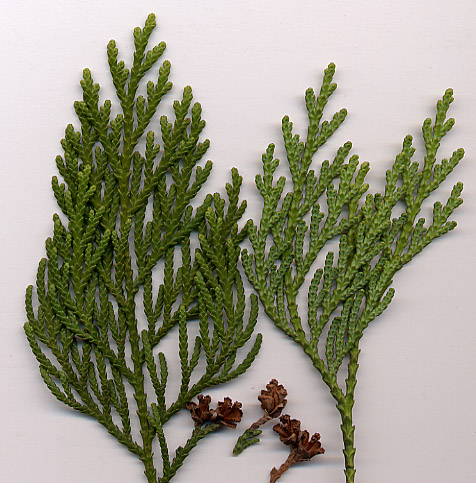
The Cupressaceae family: A widespread conifer family across the globe. (Image: Sohu)
The discovery was published in the third issue of the Journal of Plants in 2000, titled “Thuja sutchuenensis is Not Extinct.” Despite this, Thuja sutchuenensis is still considered a living fossil in China and is under protection as a valuable plant species.
The Unique Attributes of Thuja sutchuenensis
The Japanese variant of Thuja sutchuenensis, known as the Japanese cedar, typically grows to a height of 15 meters, boasting reddish-brown bark and pale green foliage. In contrast, the Korean subspecies attain a lower height of approximately 10 meters, with dark green upper leaves and silvery undersides, yielding soft, durable wood in shades of light yellow or reddish-brown.
The Chinese subspecies, benefiting from optimal growing conditions, exhibits superior quality. Moreover, the wood of Thuja sutchuenensis exhibits exquisite layered grain patterns, and its fragrance endures for hundreds of thousands of years .
The aroma of this conifer species significantly alleviates insomnia and elevates blood oxygen levels, inducing a sense of well-being. In Japan, the scent is revered as “air vitamin,” and oncology experts harness its power to enhance patients’ health and well-being. The fragrance also uplifts moods, bolsters immunity, and fortifies the body’s defenses.
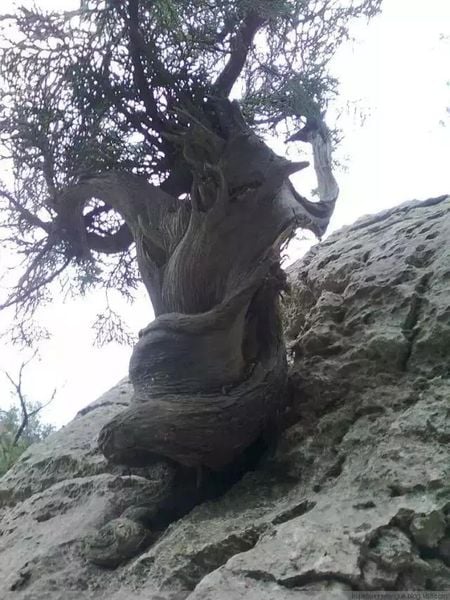
The enduring fragrance of Thuja sutchuenensis: A natural wonder. (Image: Sohu)
Additionally, Thuja sutchuenensis possesses detoxifying and beautifying properties. Its antibacterial and anti-inflammatory capabilities are harnessed in skincare, effectively treating insect bites and inflammation. The wood powder is also used for purifying homes, offices, and vehicles, enhancing the ambiance with its refreshing scent. When boiled, the powder transforms into a nourishing hair tonic.
As Thuja sutchuenensis is a naturally occurring species that cannot be artificially cultivated , its population remains limited, particularly the subspecies inhabiting cliffs.
The value of Thuja sutchuenensis transcends aesthetics; it is a cultural asset imbued with historical and natural significance. Its rarity and irreplaceability render it exceptional, underscoring the imperative for sustainable conservation and utilization of this precious resource.
Summary


